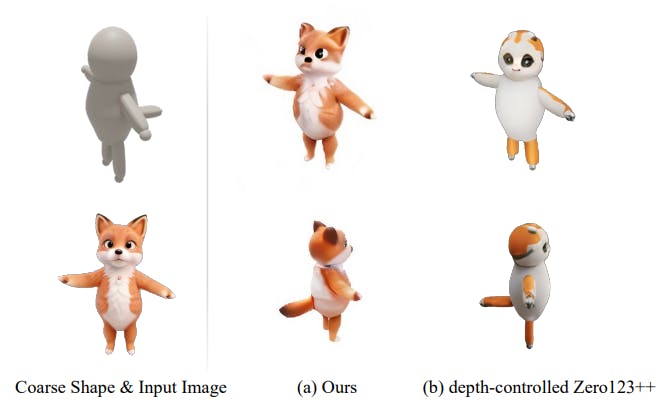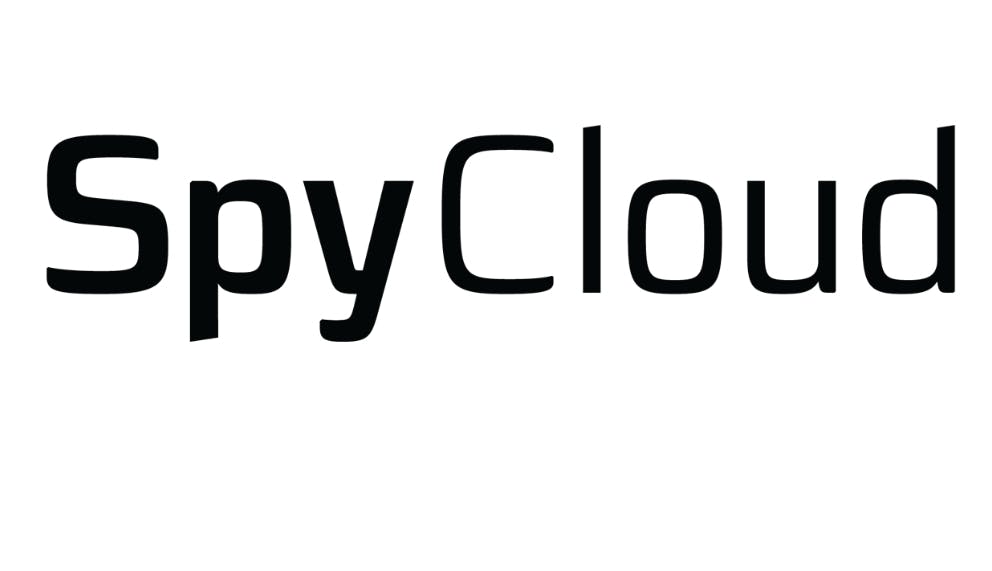HyperCycle and TGC announced a two-stage collaboration aimed at expanding gaming infrastructure. The partnership comes on the heels of TGC’s recent seed funding of $7.5 million from investors including Telecoin, SingularityDAO, Bullperks, HyperCycle, NodeMarket, Foundership, and the former CEO of Telenor.
In the first stage, up to 2,000 Network Node Factories will be deployed to early TGC participants. Selection will be made on a first-come, first-served basis for users who meet requirements for internet speed, computing power, and continuous connectivity. According to the press release, these Node Factories are currently valued at $400 each, with a projected retail price of $9,600 by September 2025 as software updates are integrated into the HyperCycle ecosystem.
The second stage will see the deployment of up to 1,000,000 Node Factories for a potential user base of 10,000,000 TGC participants. This phase is designed to give TGC software access to the internet of AI, which is expected to lower compute costs significantly. The platform will support a library of 1,300 gaming titles for both console and PC users. TGC claims that its technology delivers a streaming speed of 8mbps, which the company states exceeds the industry standard of 25mbps.
Toufi Saliba, CEO of HyperCycle, said,
“We are excited and looking forward to the execution and development of the TGC business as we believe the value they add to the global intelligence is needed as they continue to enhance the efficiency of video games online, enabling an untapped market that suffers from slow networks.”
Osman Masud, CEO and Co-Founder of TGC, stated,
“Gaming is evolving beyond just graphics and gameplay. Scalability and accessibility are the new frontiers. Through this partnership, we are bringing AI-driven compute power to the gaming world in a way that has never been done before. With HyperCycle’s infrastructure, we can unlock new levels of efficiency, enabling millions of players to experience high-performance gaming regardless of their hardware. This is a game-changer for the industry and a huge step toward our vision of democratizing gaming.”
Final Thoughts
Technically, the collaboration between HyperCycle and TGC represents an effort to integrate distributed computing nodes into gaming platforms. The staged rollout—from an initial 2,000 nodes to potentially 1,000,000—demonstrates an incremental approach to scaling infrastructure. By providing early access based on network performance and hardware criteria, the model aims to ensure a stable foundation before a broader deployment.
The proposed structure leverages HyperCycle’s Network Node Factories to deliver what TGC describes as AI-enabled compute power. If the integration is executed as planned, it could reduce operating costs by more than 90% and support a vast gaming ecosystem. While the claim regarding streaming speeds—8mbps reportedly exceeding a 25mbps standard—may raise questions, it underscores TGC’s intent to challenge current industry benchmarks. Imagine you’re playing an online game, and you want the best experience possible with no lag. Their AI system first figures out which server is closest to you—no matter where you are in the world. They do this by checking across all the big cloud services like AWS, Google Cloud, Tencent Cloud, and Microsoft Azure. This means you always get connected to the server that’s fastest for you.
Then, another smart AI tool looks at your connection speed (or “ping”) and finds other players with a similar speed. By matching you with these players, the game makes sure that everyone competes on an even playing field, so no one gets an unfair advantage because of a slower connection.
In a technical context, the success of this initiative will depend on the seamless coordination between node performance, software integration, and network scalability. Overall, the approach appears to offer a promising pathway toward enhanced gaming accessibility and infrastructure efficiency.
Don’t forget to like and share the story!
Vested Interest Disclosure: This author is an independent contributor publishing via our









